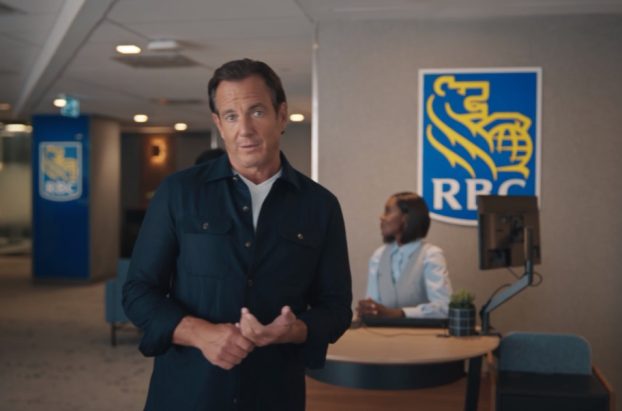It’s not cancer; it’s allergies. That, in simple terms, is the reasoning behind the irreverent tone that Schering Canada has brought to its ‘Don’t drowse and drive campaign’ for the antihistamine Claritin.
Many of the brands in the antihistamine category now use humour to some degree in their advertising. But in the case of ‘Don’t drowse and drive,’ the approach seems just a little bit of a creative risk – especially given the traditional inclination of pharmaceutical advertisers to tread carefully. After all, the essential issue at the heart of the Claritin campaign – the potential danger of driving while under the influence of medication – is a pretty serious one.
Still, it’s not so much a matter of life and death that there isn’t room for a little comic relief. At least, not according to Jo-Ann Munro, creative group head with the agency responsible for the campaign, Cossette Communication-Marketing in Montreal.
The ‘Don’t drowse and drive’ campaign was first hatched four years ago, in response to increased competitive pressure in the category.
With Reactine joining Claritin and Seldane (then the category leader) on drugstore shelves, it was suddenly a lot harder to stand out. ‘We needed to differentiate ourselves,’ Munro says.
At the time, all three brands had essentially the same advertising strategy – namely, focus on their effectiveness at relieving allergy symptoms.
However, as Munro points out, Claritin had one key advantage over Reactine: a non-drowsy formulation designed to allow users to stay alert and perform naturally. So that’s what Cossette decided to spotlight in the ads.
In the first year of the campaign, for example, the TV spots used images such as a superhero fighting off ninjas to convey the idea that the medication won’t affect the user’s mental capabilities.
This year, the television campaign has taken a PSA-style approach – with a twist. The spots, filmed from an automobile driver’s point of view, depict nightmare scenarios such as having a bicycle courier suddenly swerve into one’s path.
While the situations create the sense of disaster narrowly averted, clever taglines allow the viewer a chuckle of relief at the end.
Not all the ads evoke the possibility of tragedy. One features a naked man darting across an intersection. The tagline: ‘So you don’t miss any of the scenery.’
(In addition to TV, this year’s campaign also includes a memorable bus board execution: The panel is designed to appear badly crumpled, as if a car – its driver presumably asleep behind the wheel – has just rammed the side of the bus.)
Munro says the ads reflect the brand personality of Claritin, which is essentially light-hearted.
The creative formula is strong enough that Cossette decided to adapt it for a parallel television campaign promoting Claritin’s allergy syrup for children, which boasts the same non-drowsy formulation as the adult product. In this case, the tagline is ‘Don’t drowse and learn,’ which speaks to parental concerns that allergy medication might interfere with their children’s schooling.
While most advertising for children’s medication attempts to allay the anxieties of parents by taking the warm-and-fuzzy approach, these spots have the same slightly edgy comic tone as the ‘Don’t drowse and drive’ ads.
There are four spots, all of them filmed in the same point-of-view style – only this time showing a child’s perspective. All of them are set at school. One, for example, takes place in a gym, where it appears that a basketball is about to collide with our drowsy hero’s nose. Another, set during a school play, shows Prince Charming missing his cue.
Munro says the agency was aware that there might be criticism for seeming to take children’s medication lightly, so they conducted a disaster-check focus group before airing the campaign.
Both of the Claritin campaigns, which broke in April, ran for the entirety of the allergy season.
Munro says ‘Don’t drowse and drive’ is clearly doing its job, since Claritin has now enjoyed the number one spot in the category for several years running.
In advertising for over-the-counter medications, as in any other product category, the goal is to do work that gets noticed. But as Munro points out, the attendant challenges are heightened in pharmaceutical marketing because the business is so carefully regulated.
‘The powers that be don’t let you do anything too much on the edge,’ she says. ‘Pharmaceutical marketing is highly scrutinized.’
Also in this report:
– Goodbye PMAC, hello Rx&D: Name change not simply an exercise in alphabetical musical chairs p.29
– Shoppers Drug Mart boosts status with addition of Quo: New private label makeup line positioned between pricey high-end store brands and inexpensive mass-market offerings p.30






















